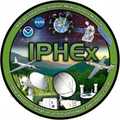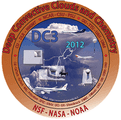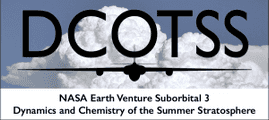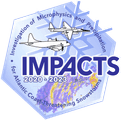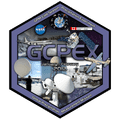The Next Generation Weather Radar (NEXRAD) is a network of high-resolution, S-band radars operated by the National Weather Service (NWS), the Federal Aviation Administration (FAA), and the United States Air Force. NEXRAD measures the magnitude of the returned energy to provide reflectivity, velocity, and spectrum width observations, which can be processed to create mosaic maps of precipitation. NEXRAD radars typically operate with a 0.9-degree beamwidth, 0.25 to 1 km spatial resolution, and a maximum range of 230 to 460 km. Currently, over 160 NEXRAD radars are operating across the United States and some overseas locations.

Instrument Details
- Radar
- Earth Science > Spectral/engineering > Radar > Doppler VelocityEarth Science > Spectral/engineering > Radar > Radar ReflectivityEarth Science > Spectral/engineering > Radar > Radial Velocity > Mean Radial VelocityEarth Science > Spectral/engineering > Radar > Radar ImageryEarth Science > Spectral/engineering > Radar > Spectrum Width
- Full Column Profile
- Variable
- 0.25-1 km
- 2.7-3.0 GHz
- https://doi.org/10.1175/JTECH1893.1
Currently unavailable
Currently unavailable
NEXRAD Joint System Program Office (JSPO)
Department of Commerce, Department of Defense, Department of Transportation
- Atmospheric Science Data Center (ASDC)
- Global Hydrology Resource Center DAAC (GHRC)
data center outside NASA
Filter data products from this instrument by specific campaigns, platforms, or formats.


